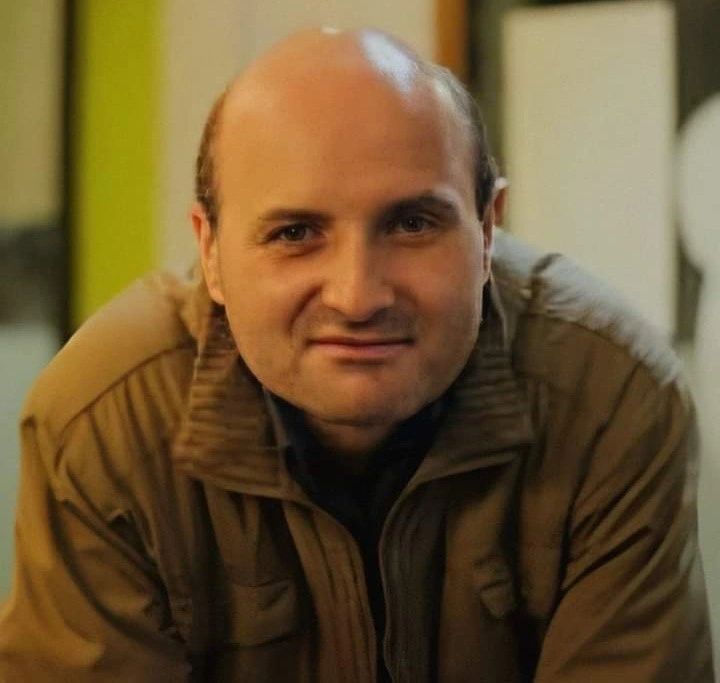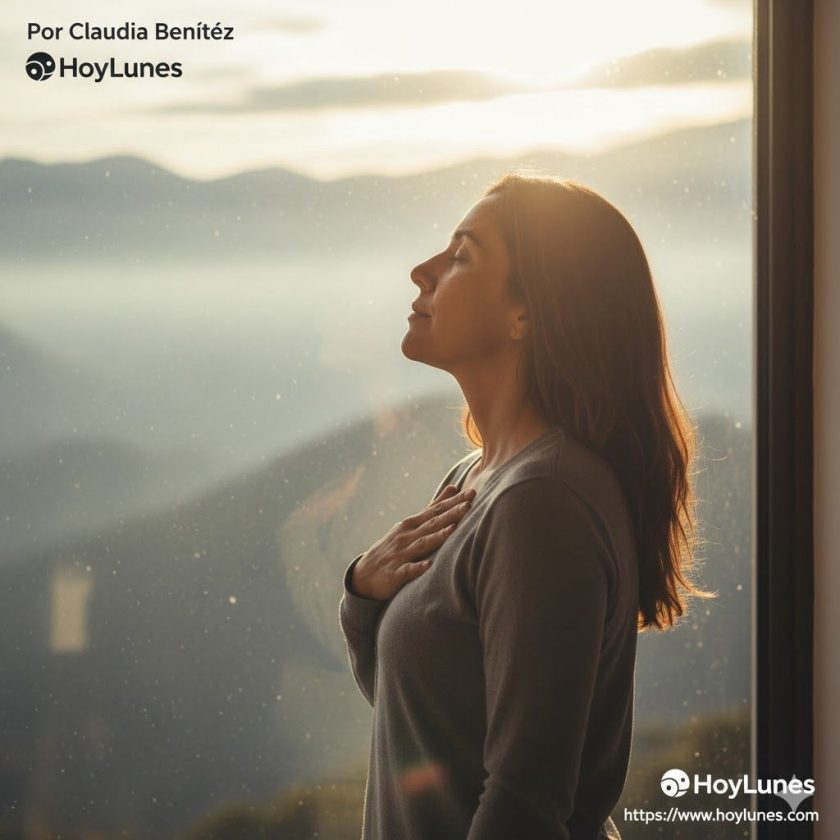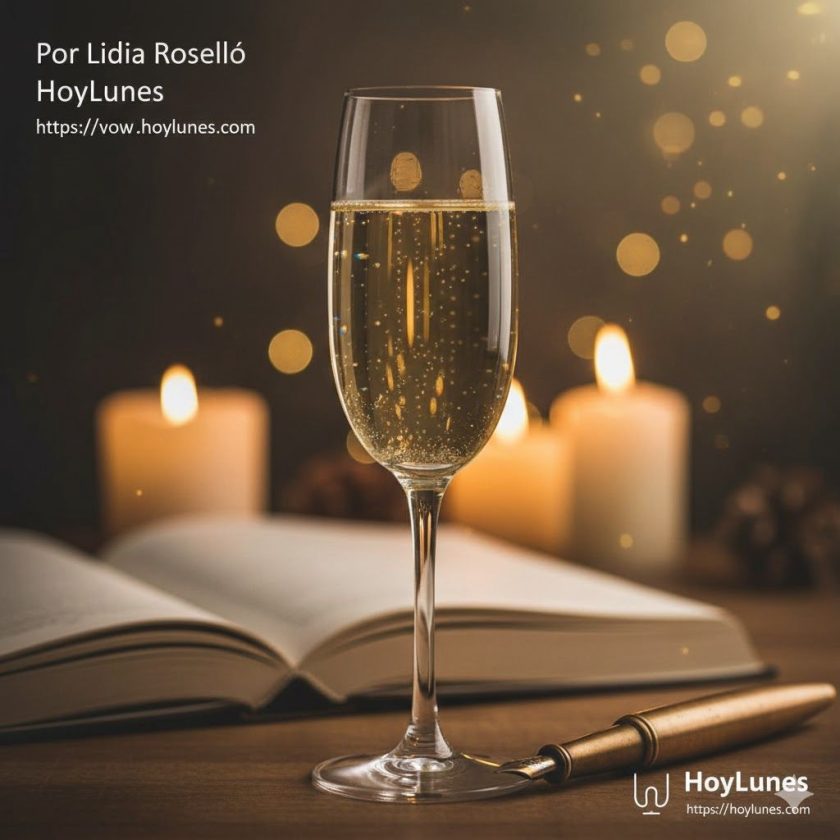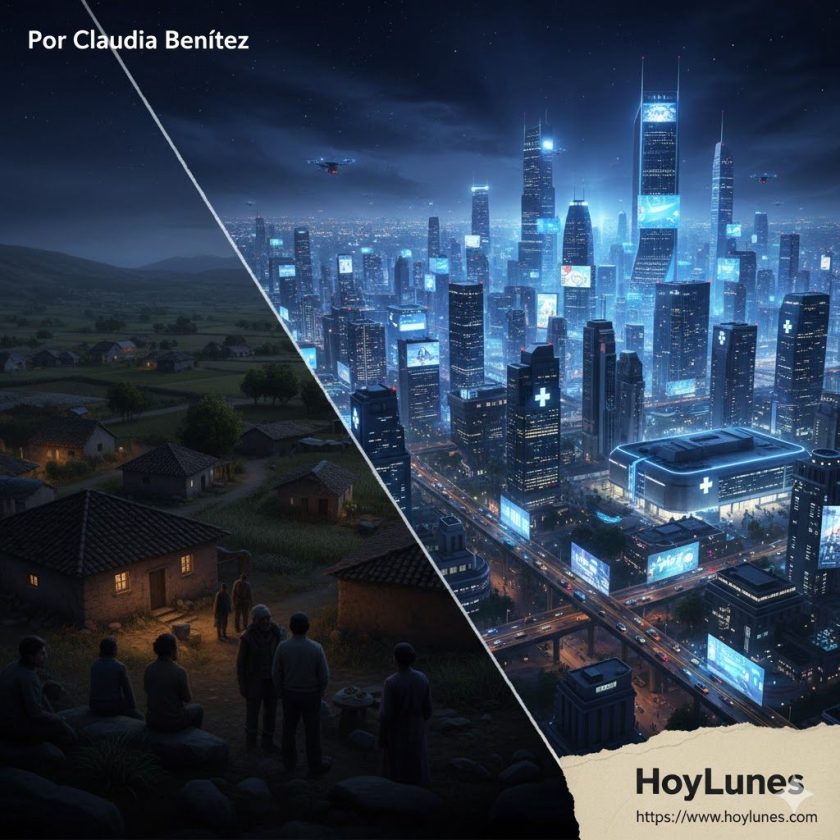Although Halloween is often considered an imported celebration from the United States, its origin dates back to ancient Celtic Europe — a territory that included parts of northern Spain. The Spanish traditions of November 1 and 2 share the same roots that gave shape to this festivity, proving that it is not as foreign as it may seem.
By Jorge Alonso Curiel
HoyLunes — Halloween, celebrated every October 31, is a festivity we now associate with costumes, carved pumpkins, and children asking for candy, but its roots are much older and deeper. Its origin lies in the Celtic festival of “Samhain”, a ritual that marked the end of the harvest and the beginning of winter. For the Celtic peoples — who inhabited territories in Ireland, Scotland, and Wales, but also regions in northern Spain such as Galicia, Asturias, and Cantabria — “Samhain” was a special night when the worlds of the living and the dead became permeable. Bonfires were lit, offerings were left, and masks were used to ward off or confuse spirits.
With the spread of Christianity, the Church adapted these pagan celebrations and established “All Saints’ Day” on November 1 and “All Souls’ Day” on November 2. Spain quickly adopted these festivities, integrating them into its cultural life. In fact, many current Spanish traditions celebrated on these dates clearly resonate with ancient Celtic customs: visits to cemeteries, prayers for souls, theatrical performances such as “Don Juan Tenorio”, or popular festivities like the “Castanyada” in Catalonia, “Tosantos” in Cádiz, or the “Fiesta de las Ánimas” in Castile and León. All of them express the same symbolic link between the end of October and the world of the dead.

Connection with Galicia
In the specific case of Galicia, the connection with Celtic roots is especially evident. There, the legend of the “Santa Compaña”, a nocturnal procession of souls, is still preserved, and 19th-century documents show the use of hollowed and illuminated pumpkins, very similar to today’s “jack-o’-lanterns”. In recent years, the celebration of “Samaín” has even been revived, reclaiming Galicia’s Celtic heritage. This demonstrates that many elements we now associate with Halloween are not as alien to Spanish tradition as is often believed.
Modern Halloween, as we know it, arrived in Spain from the United States in the 20th century, mainly through cinema, television, and global cultural influence. What returned from there was a commercial and festive version of the ancient celebration: costumes, themed decorations, carved pumpkins, and children’s parties. However, although this arrival may seem like a recent import, its remote roots are connected to traditions that already existed on the Iberian Peninsula.

For this reason, rather than a completely foreign festivity, Halloween can be understood as the result of the evolution of ancient European customs that Spain also shared. The blending of Celtic, Christian, and modern influences has given rise to a celebration that — though expressed in different forms — has a background that has been present in Spanish culture for centuries.




